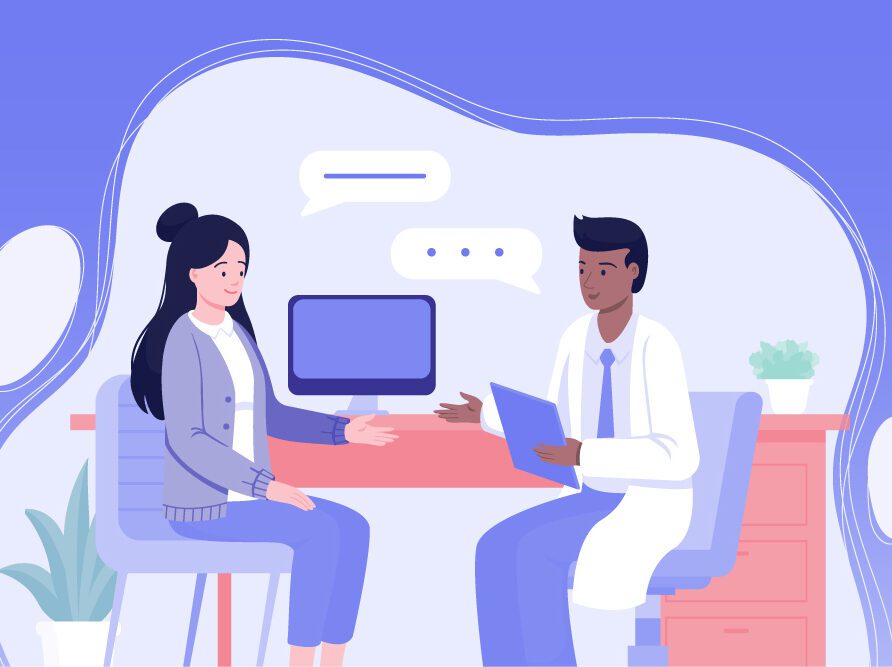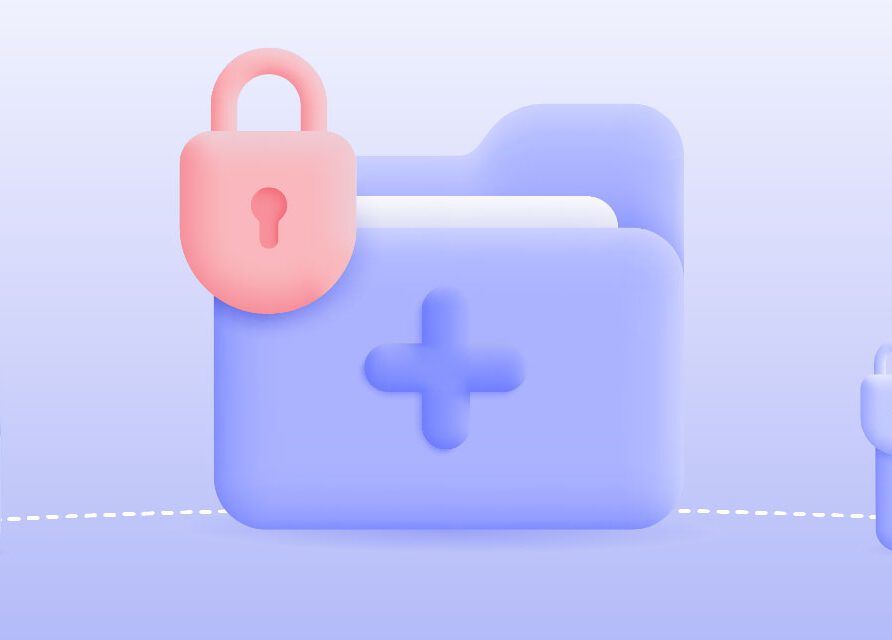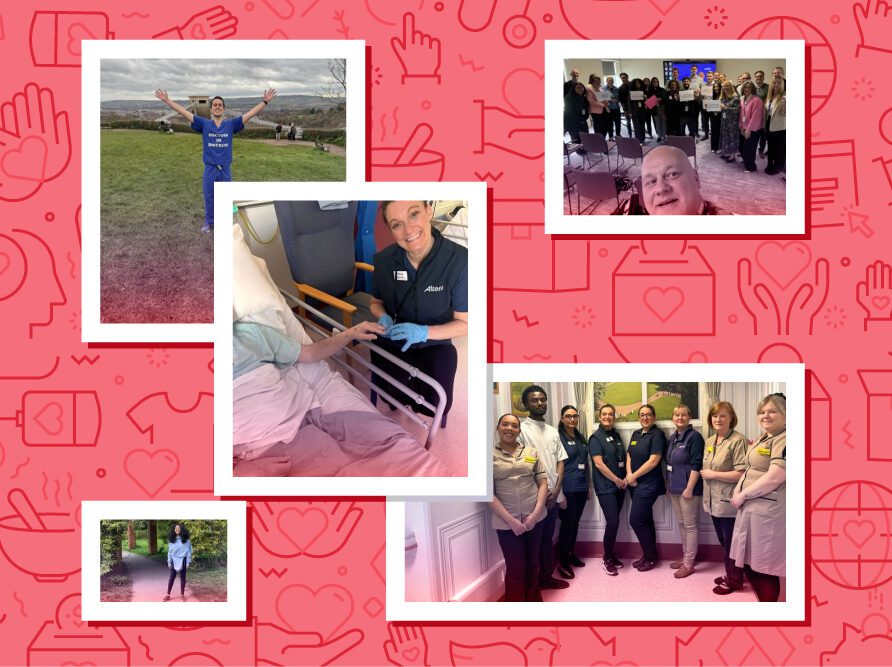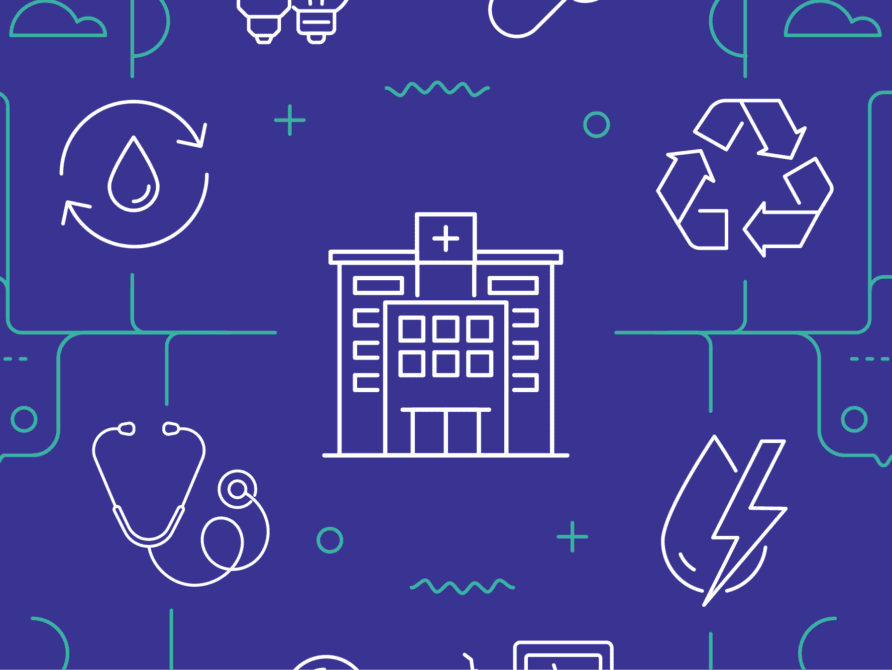Article
There’s no place like home: Three benefits to hospital-at-home care
When you hear the term “hospital room,” what image comes to mind? You likely envision some version of a room with an adjustable bed or two, a whiteboard, medical devices and a few comforts like a TV and seating for visitors.
In a few years’ time, many folks may come to associate the patient’s home with the hospital setting given the rising interest in hospital-at-home care models. Change management and reimbursement-related challenges remain, but patients and providers are more accepting than ever of remote healthcare since COVID-19.
Here are a few reasons to consider adding or scaling hospital-at-home programs at your organization.
Added cost savings
Many healthcare organizations have been tight on cash for years, and the ongoing pandemic has not helped. Patient volumes and revenue have continued fluctuating, and rising inflation has made thin operating margins even thinner.
However, studies have found that hospital-at-home care has the potential to lower the overall cost of care. Johns Hopkins Medicine, a pioneer in the hospital-at-home space, launched such a program in 1994 for elderly patients with conditions including congestive heart failure and chronic obstructive pulmonary disease. Through this program, Johns Hopkins was able to lower the total cost of care by 32%, from approximately $7,500 down to $5,100.
Another study out of Victoria, Australia examined comparable episodes of hospital-at-home and in-hospital care, with researchers concluding that hospital-at-home care saved 38% on costs. Getting such a program off the ground would no doubt require significant investment, but from a long-term perspective, it may well be worth it.
Better resource management
The hospital-at-home care model can also help healthcare organizations better manage resources for patients with acute care needs that require in-hospital care. For example, during COVID-19 surges, bed shortages have threatened patient safety.
As the United States’ 73 million baby boomers age into the 65-plus range, hospitals will need the capacity to handle this population volume. Additionally, the U.S. has a lower rate of total hospital beds per 1,000 inhabitants (2.8) than several economically comparable countries including Switzerland (4.5), France (5.7), Germany (7.8) and Japan (12.6). Opening up that in-hospital capacity by keeping patients home, when medically appropriate, can help reduce some of the pressure on resource allocation.
Improved patient outcomes and experiences
Change in healthcare is often slow and met with resistance, but early adopters of hospital-at-home care have found that these models can be as safe and effective as traditional inpatient care.
In the aforementioned Johns Hopkins study, patients treated from home had shorter lengths of stay than their in-hospital counterparts, and they experienced lower rates of complications. Similarly, in the study conducted in Australia, there was no significant difference in mortality rates between hospital-at-home and in-hospital patients, and the hospital-at-home patients had a shorter length of stay. Beyond these studies, hospital-at-home care also has the benefit of reducing hospital-acquired infections, a top safety concern for hospitals everywhere.
Additionally, hospital-at-home care may help healthcare organizations boost patient satisfaction and earn loyalty. Throughout the pandemic, we have seen rising acceptance of remote care delivery. The convenience factor of telehealth may be enough to attract some patients to a particular healthcare organization. And, receiving treatment from the comfort of one’s home may be an appealing option to many recovering from illness or injury.
Hospitals seeking to diversify their care offerings need flexible technology solutions to adapt to the demands of tomorrow and provide the quality care patients expect. Learn how the Sunrise™ Platform of Health can enable your organization to ascend to new heights in healthcare here.













